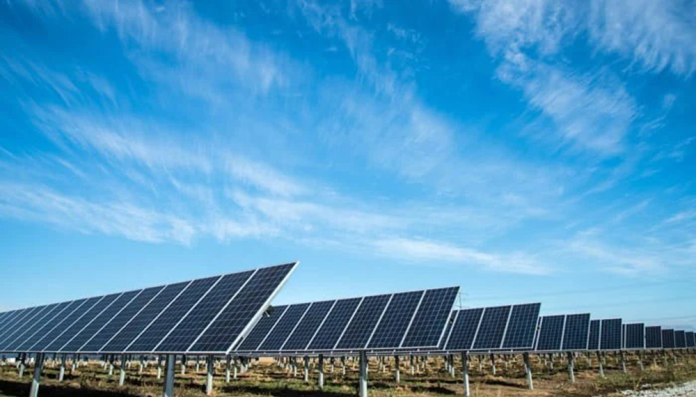Despite repeated claims by Federal Minister for Energy Sardar Awais Leghari that rooftop and other distributed solar systems are placing a cost burden of up to Rs 4 per unit on grid-reliant consumers, affiliated government institutions appear to be taking an opposite direction of the Ministry of Energy on the actual impact of solarisation on the national grid.
During a public hearing at the National Electric Power Regulatory Authority (NEPRA) on CPPA-G’s request for rebasing the Power Purchase Price (PPP) effective January 2026, the CEO of the Central Power Purchasing Agency-Guarantee (CPPA-G), Rihan Akhter, disputed the assertion that distributed solar is straining grid. Unlike what the minister and his closest allies are sharing, Rihan Akhtar, who was given the charge of managing CPPA-G in 2021 on a “looking after” basis and later confirmed in this role, came out hard in telling the regulator that although solar adoption is rising, and “solar generation is increasing, but this does not have a significant impact on the grid.”
Rihan Akhtar further added that rooftop solar users were not drawing fewer units from the system, noting that “they are now consuming more due to solar availability, but their offtake from the national grid has not changed”, a surprise piece of information that was never said or shared before yesterday. This fact sounds also in contrast to industry reports which suggest that electricity consumption in Pakistan has been shrinking due economic factors, particularly keeping the fact in mind that XWDISCOS offtake has seen a significant overall reduction of power purchases when compared with the same period last year. “Their withdrawal from the grid is almost stable. They are drawing the same quantities they were drawing earlier”, informed further by Rihan to the NEPRA and participants during the hearing, however, no detail documentary evidences were shared in support of this claim.
These comments stand in contrast to Minister Leghari’s repeated warnings that net-metering consumers are avoiding capacity payments while the remaining grid users shoulder an increasing share of fixed system costs. The minister has been consistently arguing that if the current structure remains unchanged, hundreds of thousands of rooftop solar adopters could end up disproportionately benefiting while millions of non-solar consumers bear the financial impact.
It is not only the minister who has raised this issue publically. In March this year, the closest aide of the Minister working in an advisory capacity, Ammar Habib Khan also echoed similar concerns in an article in Dawn titled “Net-metering saga: Much ado about the 0.83pc”, noting that although only about 0.83 per cent of grid-connected consumers are net-metering users, the remaining 99 per cent end up carrying a disproportionate share of fixed charges that these solar adopters are able to offset. He also pointed out that while much of Pakistan’s solar capacity, particularly in rural areas, is off-grid and therefore irrelevant to CPPA-G’s power purchase dynamics, the grid-tied portion does raise questions about fair cost allocation as solarisation expands.
The contrasting positions taken by CPPA-G against the government have added uncertainty to a power sector already grappling with surplus generation capacity, declining consumption, and frequent tariff adjustments. While the ministry argues that rooftop solar is eroding the tariff base and intensifying financial pressures, CPPA-G maintains that the impact remains very limited and does not yet constitute a threat.
NEPRA’s decision on PPP rebasing is expected to play a critical role in shaping tariff trajectories over the coming years and may influence how aggressively policymakers move to reform the net-metering framework. Without greater alignment among government institutions, Pakistan risks either slowing down renewable energy adoption through an overly forceful correction or failing to address cost-shifting concerns as rooftop solar uptake continues to grow.


